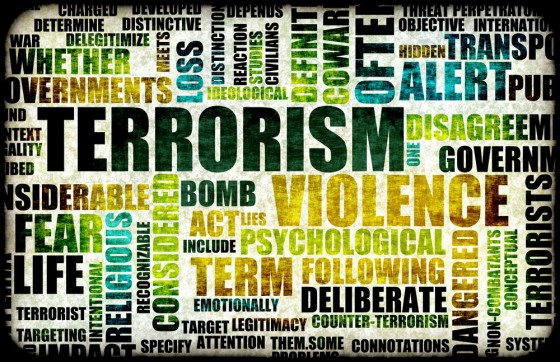 The following is an excerpt from the RIMS executive report “Terrorism Risk Insurance Act: The Commercial Consumer’s Perspective.” The report is available for download here.
The following is an excerpt from the RIMS executive report “Terrorism Risk Insurance Act: The Commercial Consumer’s Perspective.” The report is available for download here.
For any insurer to operate successfully and avoid going out of business, it must be able to accurately estimate the probability of its losses, the severity of those losses, and then determine the amount of premium that must be charged to cover those losses should they occur. Historical data from past events is used to predict the losses from future events and pricing is set accordingly.
Even extraordinary events like Hurricane Sandy or the recent tornadoes in Oklahoma, while harder to accurately estimate, can be predicted to a certain degree based on historical data and experience. Terrorism risk, however, differs substantially from these other risks in several different ways.
Terrorism risks lack certain elements possessed by other types of risk. Typically insurable risks will include the following elements: losses must be due to chance (accidental) and the risk must be predictable. The first element is lacking with terrorism risk because losses from terrorist attacks are not accidental, but rather the result of deliberate human behavior and action. For a terrorist attack to occur a plot must be hatched and then executed by one or more individuals. The motives, targets and actions of plotters are constantly changing and their motives are frequently affected by government actions that modelers and insurers are not privy to. These factors make modeling nearly impossible.
Terrorism risk is also inherently unpredictable. Insurers can accurately predict which parts of the country will be hit by hurricanes or tornadoes and also what the anticipated losses will be based on the severity of an event. They are able to do this based on historical experience and data that thankfully does not exist for terrorism risk because of the rarity of terrorist events occurring.
The accuracy of weather predictions is enhanced by studying the “near misses” and variances in weather that resulted in a storm missing a target or having its impact minimized. Information about “near misses” or foiled attacks is highly classified and not available to modelers. This lack of data, and the randomness of where terrorist events have occurred or were planned to occur, makes predicting such events impossible.
Predicting the severity of losses from such an event is also difficult as losses vary significantly based on the scale of the attack. For example, losses from the 9/11 attacks have been estimated to be $35 billion while preliminary estimates of business losses from the Boston bombings are closer to $10 million. There are some recent attempts to model terrorism events, however, they require making specific assumptions about the method of the attempt, the volume or size of chemicals or weapons and the specific site that will be attacked. While this information may be useful for strengthening a specific property’s risk of loss, it is not useful in attempting to assess potential risk exposures for a wider geographic area.


